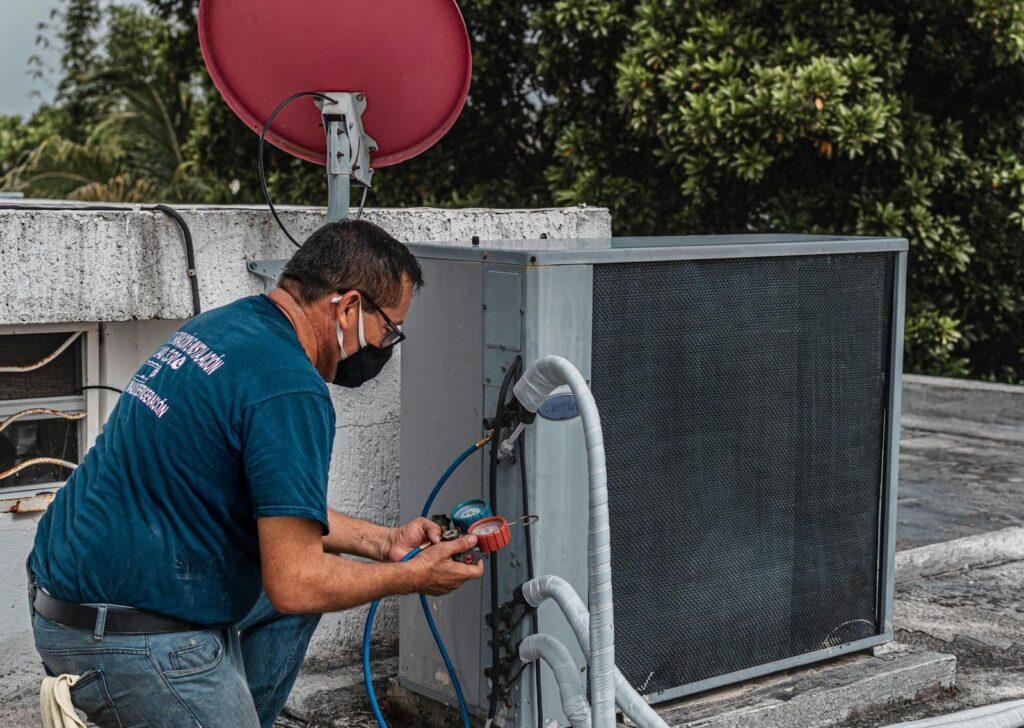In times of extreme weather, having a reliable heating, ventilation, and air conditioning (HVAC) system is essential for the maintenance of both comfort and indoor air quality. One critical yet often overlooked aspect of these systems is the variety of HVAC hoses used throughout.
Read on to learn about different types of HVAC hoses.
What Are HVAC Hoses?
HVAC hoses are important tubes throughout heating, ventilation, and air conditioning systems. These hoses carry fluids or air necessary for making the systems work properly.
They are found in various parts of the HVAC system, from connecting the main unit to different parts of the ductwork to transporting refrigerants essential for cooling processes.
Types of HVAC Hoses
There are several different types of HVAC hoses, each designed for specific functions within the system. Understanding these types can help anyone work with or maintain HVAC systems effectively.
Refrigerant Hoses
Refrigerant hoses are specifically designed to carry refrigerants, the fluids responsible for cooling air in air conditioning systems. These hoses are typically made from rubber or specialized polymers that can handle extreme temperatures and pressures.
When choosing these hoses, it is crucial to select ones that comply with safety standards to avoid leaks and ensure efficient air conditioning.
Drain Hoses
Drain hoses remove condensation and moisture from air conditioning. These hoses are usually made of PVC, known for its excellent water resistance.
Proper drainage is key. It prevents water damage and keeps HVAC systems working. A clog or a leak in the drain hose can lead to larger problems, like mold growth or even damage to the unit.
Ventilation Hoses
Ventilation hoses bring in fresh air and regulate airflow. They affect the building’s air quality. These hoses can be constructed from various materials, such as aluminum or flexible plastic.
A good ventilation hose will ensure that clean air is delivered to rooms while also helping to exhaust stale air.
Materials Used in HVAC Hoses
Different types of HVAC hoses are made from specific materials that contribute to their functionality. The choice of materials affects durability, flexibility, and resistance to heat and moisture. Here are some common hose materials:
Rubber
Rubber is a commonly used material for HVAC hoses, particularly for refrigerant hoses. Its strength and flexibility let it handle high pressures and extreme temperature changes.
PVC
PVC is often used for drain hoses due to its lightweight and water-resistant properties. It can withstand the moisture associated with condensation without breaking down.
Plastic and Aluminum
Plastic and aluminum hoses are frequently found in ventilation systems. They are lightweight, easy to install, and do a great job of channeling air without significant airflow resistance.
Best Practices for Maintenance
To keep your HVAC system running smoothly, regular check-ups are vital. Inspect hoses periodically for any signs of wear or damage. When looking for quality replacements, specializing in the best vacuum hoses is a great idea.
Remember, caring for your HVAC hoses will prolong your system’s life. It will also improve your comfort and indoor air quality. Proper maintenance ensures efficiency and prevents costly repairs in the future.
Evaluating Different HVAC Hoses
HVAC hoses play a significant role in the overall function of heating, ventilation, and air conditioning systems. Knowing the types of HVAC hoses and their materials can help you understand how these systems work. Be sure to inspect and maintain your HVAC hoses.
Visit our website and read more.
In addition to understanding the various types of HVAC hoses, it’s crucial to recognize the importance of regular maintenance and service for your heating systems. Properly maintained systems not only ensure efficient operation but also extend the lifespan of your equipment. For those looking to delve deeper into the intricacies of heating services and maintenance, you can continue reading to explore comprehensive solutions that cater to all your heating needs. This ensures that your HVAC systems remain in optimal condition, providing comfort and reliability throughout the year.


